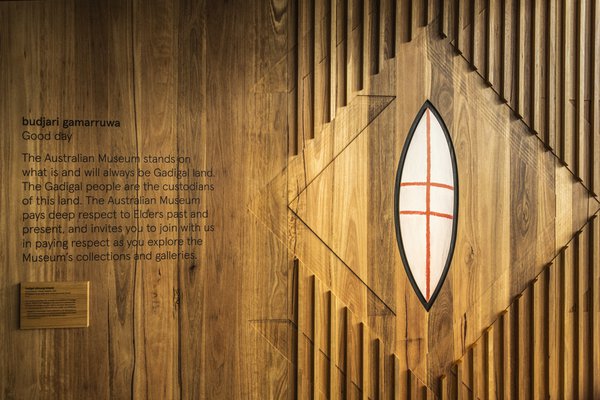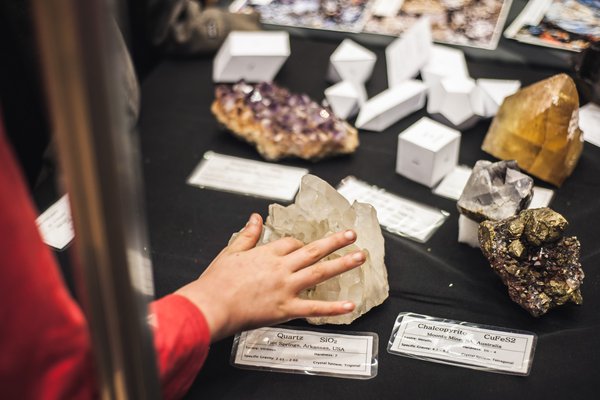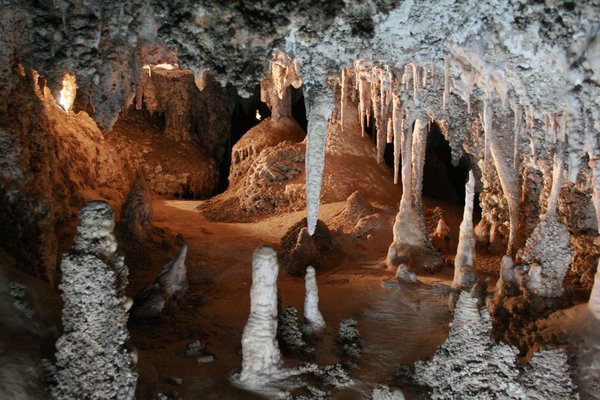Minerals: Primary unit

-
Audience
Primary school -
Learning stage
Stage 2, Stage 3 -
Learning area
English, Science, Technology -
Type
Learning unit, Learning resources
On this page...
The Australian Museum Mineralogy and Petrology collection consists of 79,947 registered specimens: 60, 717 minerals and 19,230 rocks (including 755 meteorites).
The collection is the oldest rock and mineral collection in Australia. The mineral component is the largest of any Australian collection; and the meteorite collection is the oldest and second largest in the country.
About 35% of the collection is from NSW, 25% from other Australian states and Antarctica, and 40% from overseas.
Special features of the collection include: zeolite minerals, gemstones, Australian meteorites and tektites, the Sir Douglas Mawson Antarctic collection, the Albert Chapman mineral collection, and suites of eastern Australia mantle and crustal xenoliths from volcanic rocks.
Key messages
- Scientific inquiry is for everyone.
- Rocks and minerals can help us learn about the Earth.
Through this unit, students will:
- Work scientifically.
- Understand the difference between rocks and minerals.
- Discover the ways in which rocks are formed.
- Compose informative texts.
- Explore Minerals exhibition content.
NSW syllabus outcomes
ST2-1WS-S, ST3-1WS-S, ST2-10ES-S, ST3-10ES-S, EN2-OLC-01, EN2-CWT-02, EN3-OLC-01, EN3-CWT-01.
-
Before your visit
-
Acknowledgement of Country
![Gadigal Shield and Statement of Reflection]()
Learn about the importance of an Acknowledgement of Country, and write one for your school.
-
What is a mineral?
![Mineral specimen]()
Introduce your students to what a mineral is, provide some common examples and learn about some of the properties they share.
-
Mineral or rock?
![Rocks and Minerals]()
What is the difference between a mineral and a rock? Learn about how rocks are formed and investigate some minerals from the Museum's collection.
-
Geologist, mineralogist or petrologist?
![Ross Pogson]()
Read about Ross Pogson, his childhood love of minerals and what he does at the Australian Museum.
-
Rock hunt
![Limestone formations in the Imperial Cave at Jenolan Caves, NSW, Australia.]()
Listen to a story about rocks and then get outside to find a rock or mineral that interests you! Use slow looking to find out its properties.
-
-
At the Museum
-
Book a free self-led visit
![Exterior of Australian Museum building]()
Book in a self-led visit to the Museum for your school, and use our downloadable learning resources designed to engage students in our collections and exhibitions.
-
Book an educator-led program
![Primary school excursion]()
Book into our Museum educator-led program Earth: Rocks and minerals, designed for students in Stages 2 and 3.
-
-
After your visit
-
Rock research
![Precious boulder opal in the Minerals gallery]()
Use the Minerals Education Coalition database to investigate the rocks and minerals you collected before your visit to the Museum.
-
Testing time!
![A collection of rocks and a learning activity]()
Record observations about your mineral or rock to help you classify and identify it.
-
Minerals mix and match
![Sir Douglas Mawson Collection composite]()
In groups, find ways to order and classify your rock and mineral specimens with a dichotomous key. Colour, size, shape, texture – you choose!
-
The hardest question
![Gem crystal specimen, Beryl (heliodor) - Warren Somerville collection]()
What is special about a mineral's hardness? Complete an experiment to determine your group's hardest mineral!
-
Create your own exhibition
![Spiders exhibition at Questacon (12)]()
Our class rocks! With your class, plan an exhibition that showcases the rocks and minerals everyone collected and studied.
-























